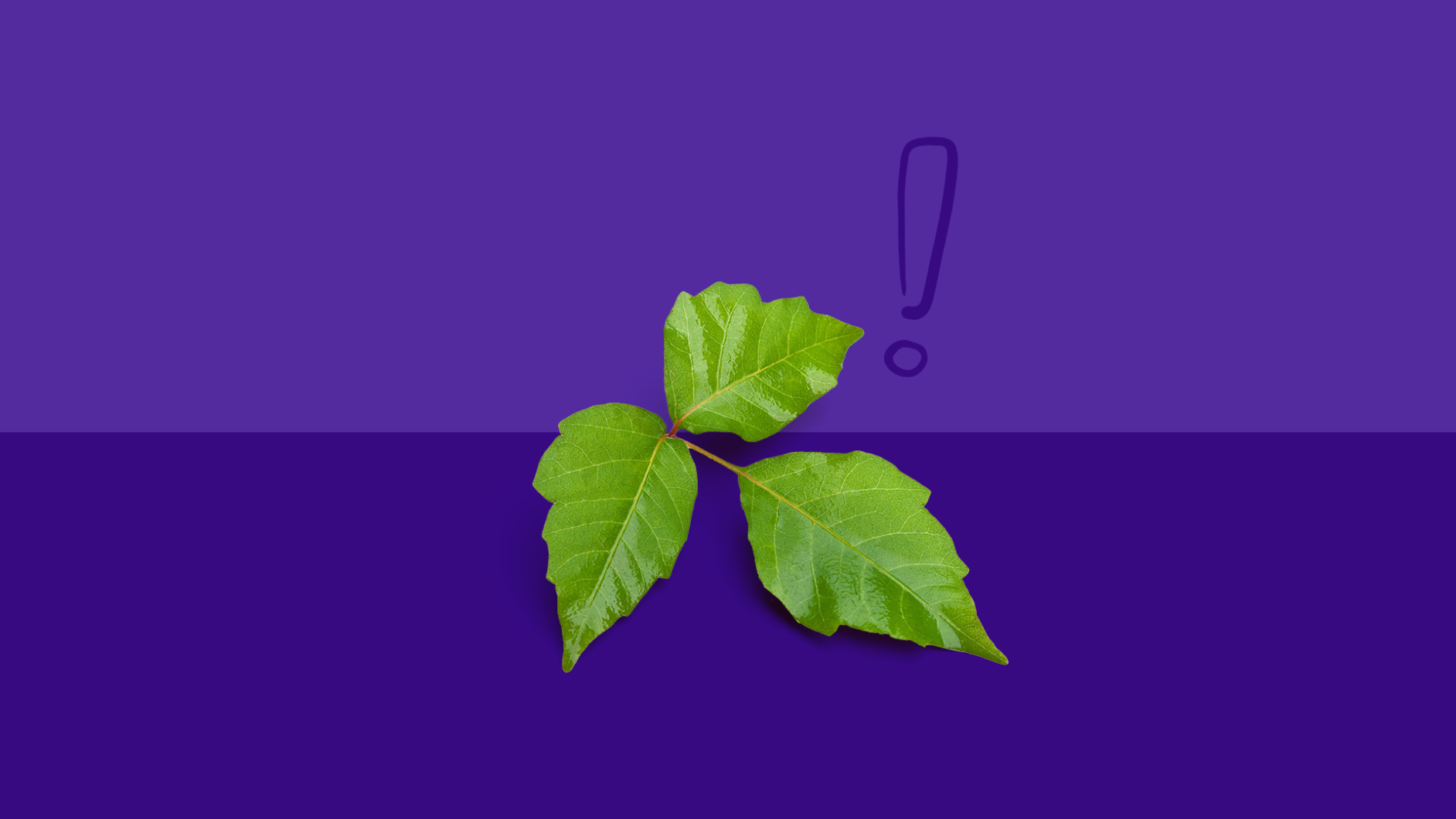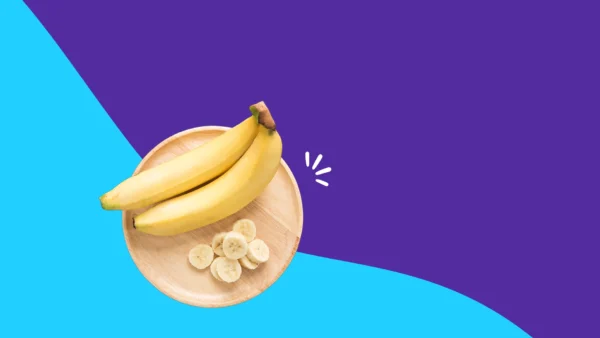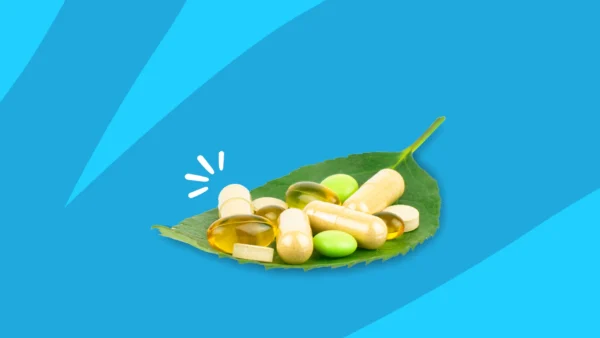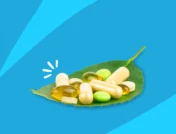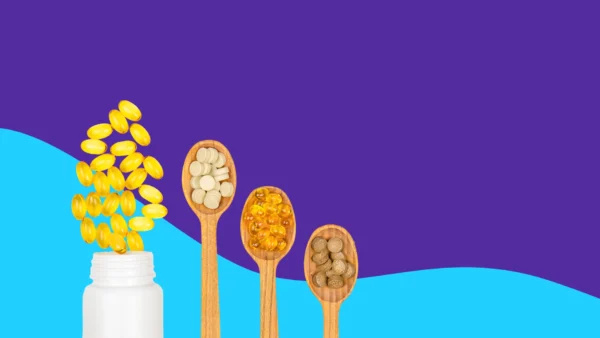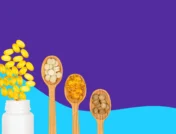There’s nothing like an encounter with poison ivy to ruin a camping trip or family outing. As the weather becomes warmer and we spend more time outdoors, doctors recommend taking precautions to protect against summer irritants, including plants such as poison ivy.
While the almond-shaped leaves of poison ivy may look benign, their sap causes a red, itchy rash for 85% of people in the United States. According to the American Skin Association (ASA), the most common allergic reaction in the U.S. is caused by the poison ivy plant, or its siblings—poison oak and sumac—and affects 50 million Americans each year.
“We see the majority of poison ivy cases in the summer as people work in their gardens, hit the hiking trails, and go camping,” says Candace Ireton, MD, a family medicine practitioner in Asheville, North Carolina. “It’s important to know what poison ivy looks like because the best course of action is definitely prevention.”
How to identify poison ivy
Poison ivy, a three-leaved plant, grows in clusters as a climbing vine or shrub. It can be found in backyards, parks, camping sites, and hiking trails throughout the U.S., except for Alaska, Hawaii, or desert areas of the Southwest.
Poison oak—which isn’t as common as poison ivy—looks like a leafy shrub with larger rounded leaves.
Poison sumac is a plant or shrub found in wooded wetland areas.
Poison ivy’s distinctive three-pointed leaves change colors throughout the year: red in spring, green in summer, and yellow, red or, purple in the fall. Knowing what poisonous plants look like can help you avoid direct contact on your next outdoor outing.
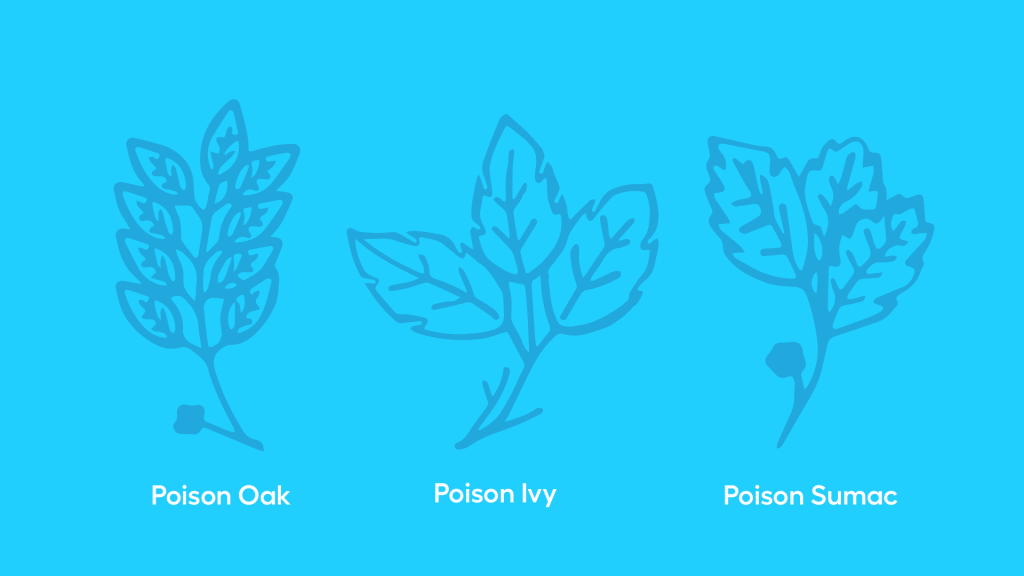
How to prevent poison ivy reactions
Poison ivy itself isn’t the source of an allergic reaction, but rather the sticky urushiol oil (sap) inside the plant’s leaves, stem, and roots is. Those who come into direct contact with the plant often find themselves fighting an itchy, blistering rash 24 to 48 hours after exposure; this rash is known as contact dermatitis. You can get a rash without touching the plant if the urushiol oil transfers from another person (or animal) or surface to your skin. While poison ivy isn’t life-threatening, Dr. Ireton says the symptoms can be extremely uncomfortable.
Steering clear of the plant entirely is the best way to prevent a reaction, but here are a few other poison ivy prevention tips.
1. Wear protective clothing
If you’re going to be working in the garden or venturing into an area with unfamiliar plants, Kathryn Boling, MD, a family medicine practitioner with Mercy Personal Physicians in Lutherville, Maryland, recommends wearing protective clothing.
“Use gloves when working in the garden and wear closed-toe shoes, socks, long pants, and long sleeves for the best protection outdoors,” Dr. Boling says.
2. Consider using an ivy blocker
These over-the-counter products are barrier creams (containing Bentoquatam 5%) that can be applied to arms, hands, and other exposed areas before going camping or in an area where you might possibly be exposed to poison ivy to prevent a skin reaction. According to the American Academy of Dermatology, a study found that forestry workers who used ivy blockers on most days reported fewer rashes. These creams are FDA approved and are available over-the-counter at sporting and outdoor stores. They can be used in ages 6 years or older.
3. Stay on the trail
You’re more likely to encounter poison ivy when you’re walking through an unmaintained area, or exploring off the path. When you stay on the hiking trail, it’s easier to spot poison ivy in a mostly clear route. Avoid venturing off into brush where you can’t see the plants brushing against your ankles.
4. Take a shower ASAP
“If you accidentally come in contact with poison ivy’s sap, either through the leaves or vine, you should take a shower and wash your clothing immediately,” Dr. Ireton says. “When bathing, use mild soap and cool water within two hours of contact to decrease risk of reaction.”
When washing, Dr. Boling recommends taking extra measures to scrub thoroughly under fingernails. “If you have urushiol under your fingernails, it’s easy to spread to other areas of your body through touch,” she says.
5. Keep gear clean
Washing the items you had with you while outside is just as important as washing sap off of skin. Rinse down backpacks and hiking boots—along with any other supplies you had out when you encountered the poison ivy. Wash clothing with warm water and detergent. And be sure to wear gloves to avoid spreading the sap to your body.
6. Don’t forget the kids
Use extra precautions with children since they often have sensitive skin and are more likely to have face, neck, and upper body exposure. Children are less likely to resist scratching their skin, which may cause spreading of the oils or super infection with bacteria.
7. And don’t forget pets, either
While dogs and other pets aren’t affected by poison ivy, they can carry the oils on their fur and spread it to their owners. Dr. Ireton recommends giving your pet a bath (while wearing rubber gloves) if you suspect they have come in contact with poison ivy.
8. Kill plants on your property
Make clearing poison ivy part of your regular lawn maintenance. You can use a ready-made spray like Roundup or make your own by combining vinegar, salt, dish soap, and water. When plants are removed, you’re less likely to accidentally walk through them.
How to treat a poison ivy rash
Despite all your best efforts to prevent it, you may still come into contact with poison ivy. If you do, Dr. Boling says a rash will usually develop 12 to 48 hours after exposure and can include symptoms such as redness, itching, swelling, and blisters. “The rash and itching, known as contact dermatitis, typically occur on exposed areas such as the face, arms, and legs,” Dr. Boling says. “The severity of the rash depends on an individual’s sensitivity to the sap.”
Use over-the-counter treatments
Mild cases of poison ivy can be treated at home with over-the-counter products such as taking a cool colloidal oatmeal or a baking soda bath and applying calamine lotion or hydrocortisone cream to the rash, Dr. Ireton says. “In addition, sedating antihistamines like Benadryl or chlorpheniramine can help with sleep when itching is bothersome,” she recommends. “Cold compresses can also be used to reduce itching and inflammation.”
Visit a healthcare provider for a prescription
For more severe cases of poison ivy, you should see your doctor about a prescription medication. Seek medical care if you experience the following:
- Severe eruption not responsive to the previously described home methods
- Any evidence of infection, such as blisters, redness, or oozing
- Any new eruption or rash
- Severe poison ivy on the face
- Fever
Dr. Ireton says she typically prescribes her patients with poison ivy an oral corticosteroid such as Prednisone.
“This class of medications can act quickly to decrease symptoms and rash, but there is a chance of a rebound rash if the course of steroids is too short,” Dr. Ireton says. “In my experience. tapering oral steroids over three weeks has been most effective.”
Without a prescription, Dr. Ireton says poison ivy symptoms can last about three weeks.
“With oral steroids patients usually start to feel better within several hours,” she says. “Prescription-strength topical steroids take a bit longer, but patients usually tell me they notice some improvement within 24 hours. If someone is really miserable, I prescribe an oral medication to help them feel better sooner.”
Don’t scratch
Although skin can be itchy, Dr. Ireton cautions against scratching the blisters.
“Lesions can get superinfected with bacteria if the skin is broken when scratched,” she says. “If patients get a secondary infection, they also need to be treated with a course of antibiotics. The good news is that most cases of poison ivy will go away on their own in one to three weeks.”
To prevent scratching or skin breakdown, cut fingernails short and use a gentle brush under them. When really itchy, you can apply cold compresses to the skin.
RELATED: More poison ivy treatments and medications
Can you build an immunity to poison ivy?
Your sensitivity to urushiol oil from poison ivy can change, and some people are more sensitive to poison ivy than others. However, there’s no way to build full immunity to it. The best way to prevent a poison ivy rash is to avoid the plant altogether.



